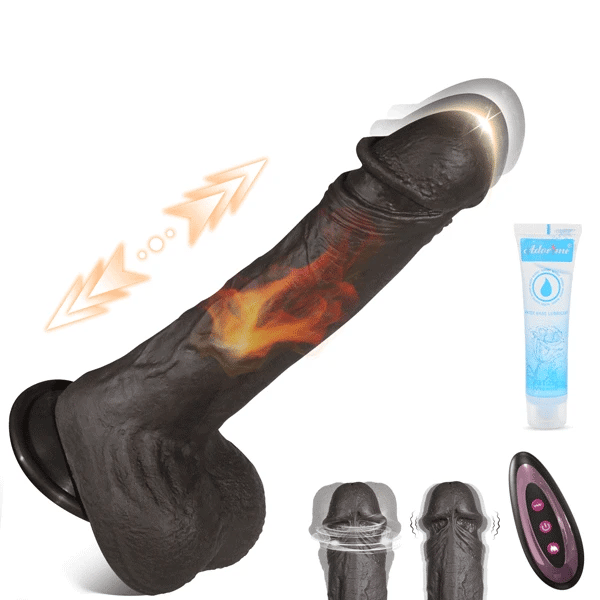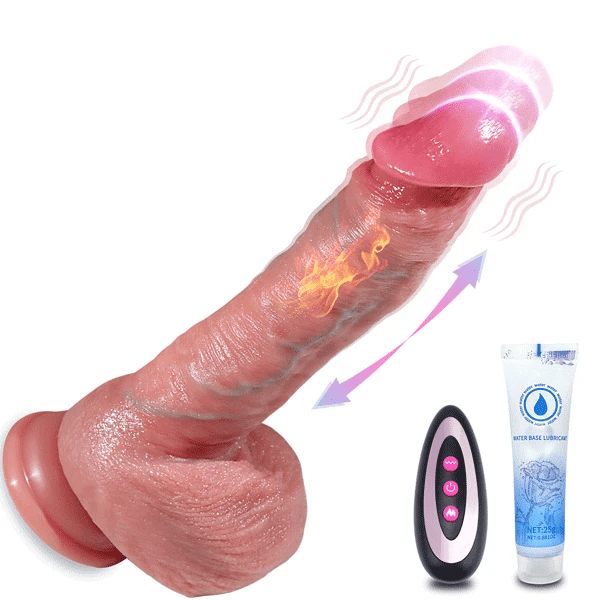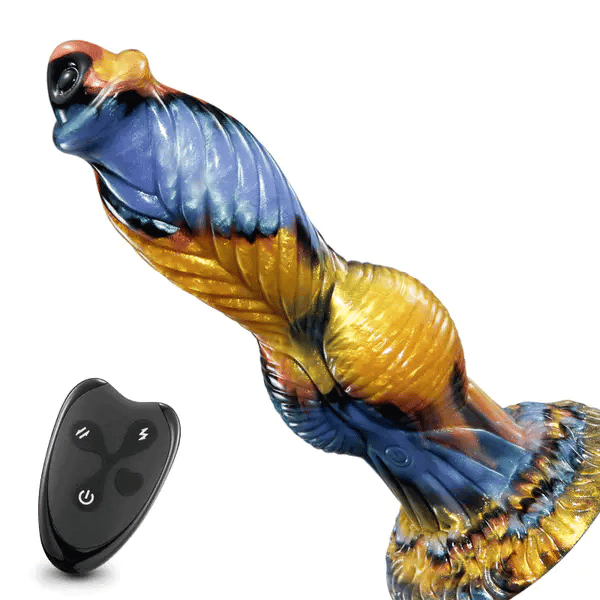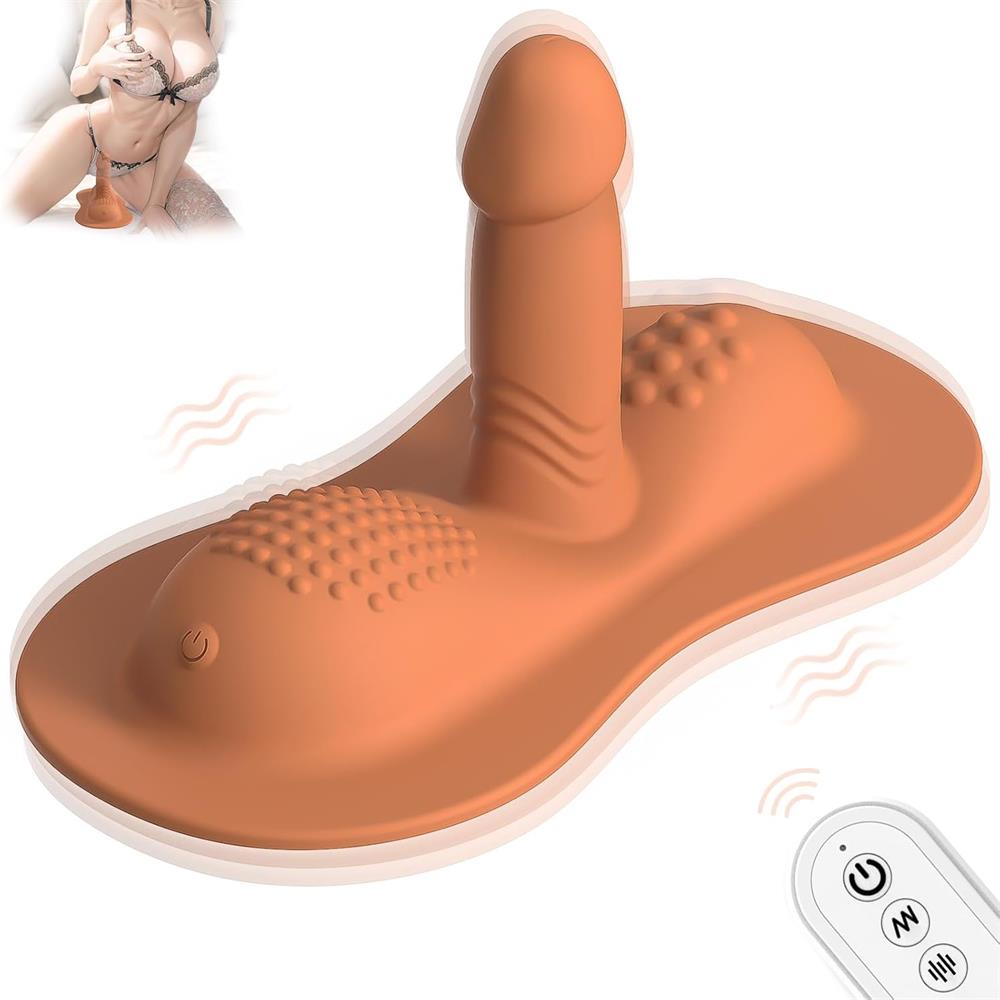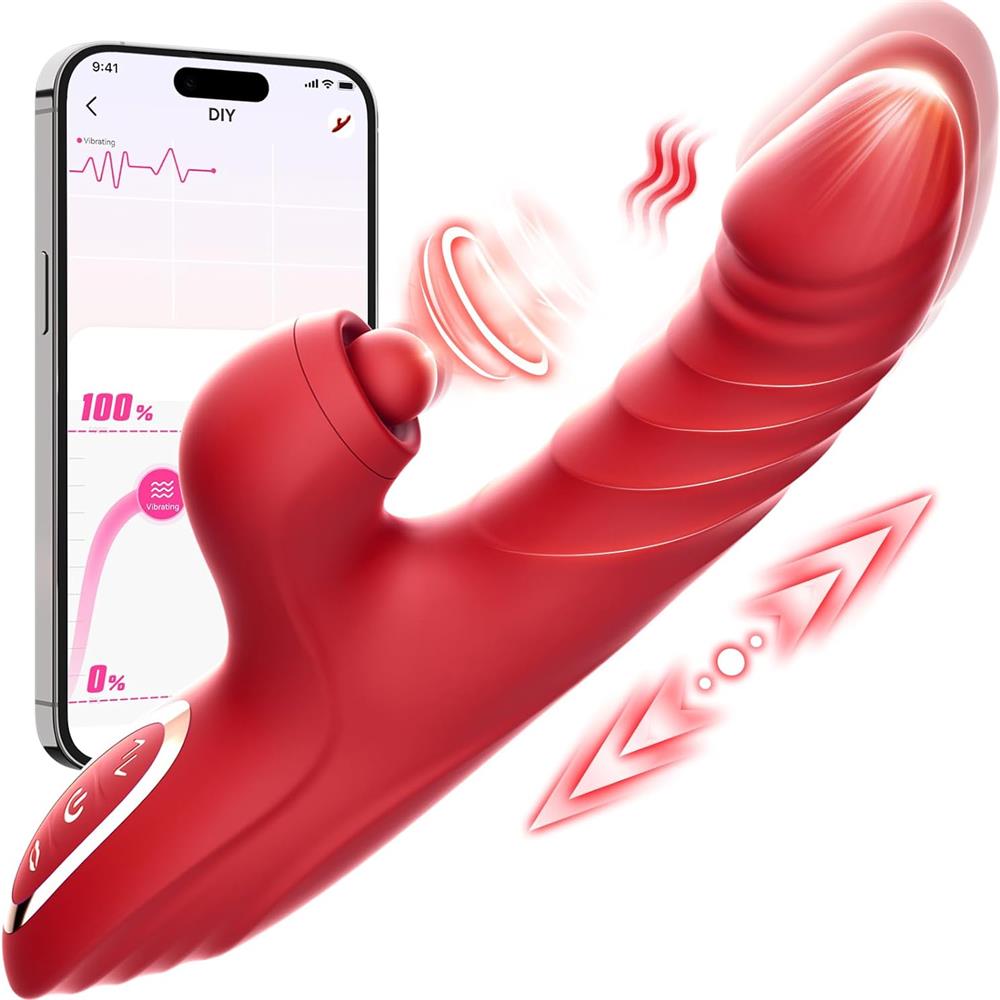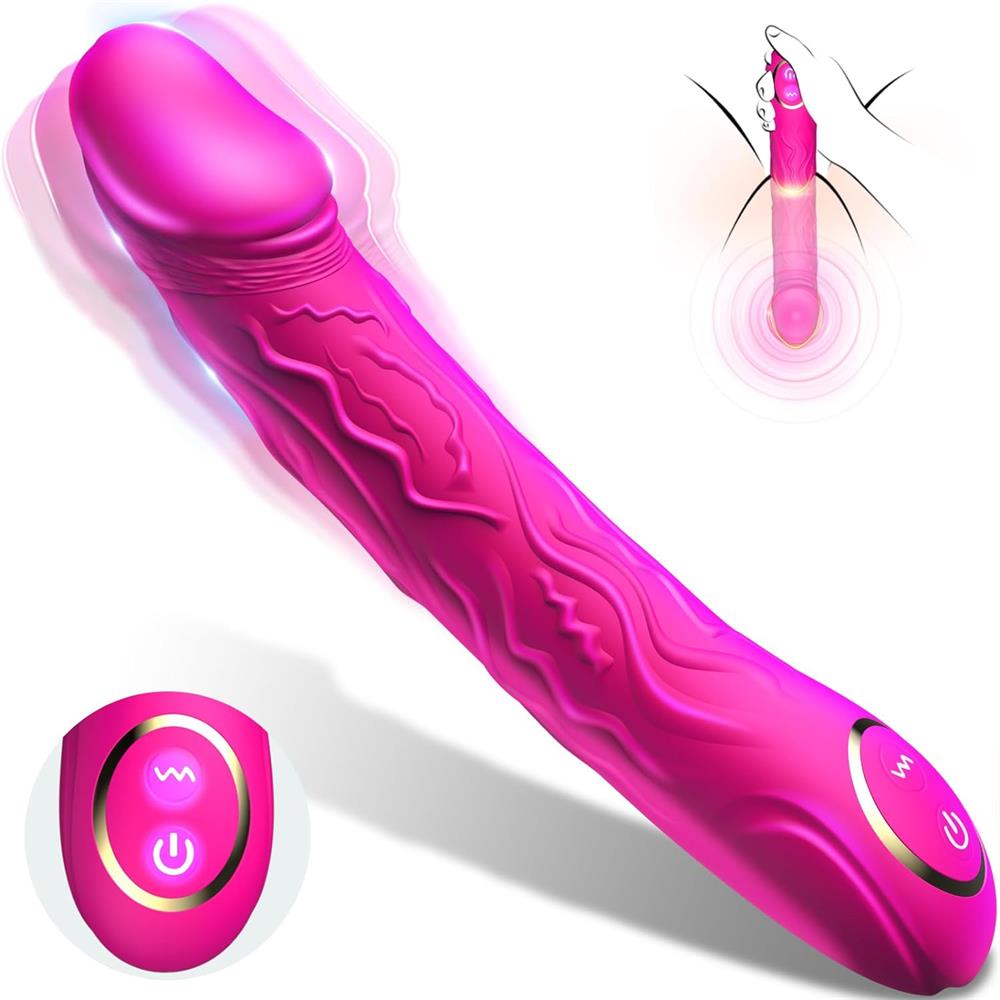A Brief History of Dildos
What Are Dildos?
Dildos are sex toys that you can insert into the mouth, anus, or vagina. While they are sometimes designed to resemble a penis, they don't necessarily have to look like one. Dildos come in different materials, shapes, and sizes. Some are curved to stimulate the prostate or G-spot.
There are many kinds of dildos, including:
- Penis-shaped dildos with testicles
- Strap-on dildos that can be used with a harness
- Double-sided dildos, designed for two people to use simultaneously
- Vibrating dildos
- Dildos with a suction base for attachment to surfaces
- Glass or metal dildos
Dildos in History
Dildos have existed for thousands of years. Archaeologists believe the oldest one, unearthed from the Hohle Fels cave in Germany in 2005, dates back more than 28,000 years. Since then, dildos have been used across various cultures.
In ancient Greece, people made leather-stuffed dildos, which men often gave to their wives when leaving for war. During the Renaissance, members of the upper class commissioned dildos made from materials like silver and ivory.
In the 17th century, dildos became a source of controversy. England passed laws prohibiting women from making them, and later, America banned the sale of rubber dilators (medical devices to help stretch the vagina), leading to the creation of an underground sex toy market. It wasn’t until the sexual revolution in the 1960s that dildos were widely accepted once again as tools for pleasure and sexual liberation.
Benefits of Dildos
Dildos are popular with people of all genders and sexual orientations.
They can sometimes serve a medical purpose. Some sexual medicine experts recommend them as part of therapy for vaginismus or pelvic floor muscle spasms. Stretching the tissue in the vagina can make it more flexible and strengthen the pelvic floor, making penetration easier.
Dildos can provide internal stimulation to the G-spot (a sexually sensitive area in the vagina), prostate, or other parts of the vagina or anus. When sexually aroused, your body releases feel-good hormones like dopamine and oxytocin. Masturbation, whether solo or with a partner, can help you feel less stressed, sleep better, improve focus, enhance mood, and even prevent anxiety.
Dildos can also play a psychological role in arousal and sex play. For couples, this could mean experimenting with new sensations or dynamics in the bedroom.
What’s the Difference Between Dildos and Vibrators?
Dildos and vibrators are both sex toys, with some overlap in their functions. The biggest difference is that not all dildos vibrate, although some do.
Some vibrators are designed for external use during solo or partner play, while others are made to be inserted into the vagina or anus.
Myths about Dildos
A common myth is that dildos are only for single people. In reality, they can be used alone or with a partner.
Some people worry when their partner wants to use a dildo, fearing it means sexual dissatisfaction or that the dildo will replace them sexually. However, studies on sex toy use suggest that sex toys can enhance relationships between committed couples. In relationships marked by open communication, sex toys may enhance sexual experiences and intimacy.
How to Try Dildos Safely
If you’re choosing and using your first dildo, there are a few things to keep in mind to ensure a safe and comfortable experience:
- Choose a dildo made with non-porous materials such as body-safe silicone, glass, or metal. Be aware that the FDA doesn’t regulate most products sold as sex toys, so check online reviews or ask recommendations from adult stores. Products sold as “for novelty use only” may not be body-safe and could contain chemicals you want to avoid.
- Unless you know you prefer a wider girth, start small and work your way up.
- Use plenty of lubricant, especially during anal play. The anus doesn't produce its own lubrication, so using a dry dildo could cause tissue tearing, which is painful and increases the risk of infection.
- Make sure the lubricant is compatible with your dildo. Water-based lubricants work with most dildos, but silicone-based lubricants can break down silicone toys.
- If you're using the dildo with multiple partners, put a new condom on it each time. Sex toys can transmit STDs, and condoms provide protection. Place the condom over the toy and unroll it, covering the entire base. If your dildo is made of porous material like PVC or rubber, it’s also a good idea to use a condom as these toys can absorb bacteria more easily.
- Wash your dildo after each use and between using it on different parts of your body.
If you feel any discomfort while using a dildo, stop immediately. You may need more lubricant or a smaller size.
Glass Dildos
Glass dildos are non-toxic, durable, and easy to clean. They are resistant to breakage, making them safe to use. Some people may not prefer glass dildos because they don’t flex like other materials, such as silicone, which can make insertion less comfortable. However, glass is temperature-sensitive, allowing you to heat or cool it for new sensations.
Silicone Dildos
Silicone’s versatility makes it one of the most popular materials for dildos. It’s body-safe, smooth, can be soft or firm, and is easy to clean. If you have a silicone toy, avoid silicone-based lubricants, as they can break down the material and make cleaning difficult. It's also common for silicone dildos to contain other non-body-safe materials, so always look for medical-grade silicone.
Metal Dildos
Metal dildos made from stainless steel are body-safe and easy to clean. They tend to be heavier than other materials, making them ideal for those who enjoy more intense stimulation. Like glass, metal dildos do not flex, which can be uncomfortable for some people. However, they are temperature-sensitive and can be used with all types of lubricants.
How to Clean a Dildo
The best way to clean your dildo depends on its material and whether it has electronic parts. Here are some general tips:
- Glass, steel, and silicone dildos can often be placed in the dishwasher, as long as they are not battery-operated or rechargeable.
- Stainless steel dildos can soak in a 10% bleach/water solution for up to 10 minutes.
- For silicone dildos without vibrating functions, you can boil them for 5-10 minutes.
- Hard plastic dildos should not be boiled but can be washed with antibacterial soap and water.
Almost all sex toys can be cleaned by hand with soap and warm water. For the best results, follow the manufacturer’s instructions.
How to Store It
After cleaning and drying your dildo, store it in its individual container or bag. Keep your toys in a cool, dry place. Dildos made from porous materials should be stored away from heat, humidity, and sunlight.
Takeaways
Dildos are designed for a variety of needs, including sexual exploration, pleasure, and therapeutic purposes. When selecting a dildo, consider its material, shape, and size. Proper care and usage are essential for a safe and enjoyable experience.
Dildo FAQs
What materials are dildos made of?
Body-safe dildos are made from glass, stainless steel, or medical-grade silicone. Some are also made from plastic, rubber, leather, or latex.
How do you use a dildo safely?
Make sure to use plenty of lubricant, choose a body-safe material, and clean your dildo after each use. For anal play, use a condom on the dildo and avoid using it with more than one person without washing it first.
Are dildos only for women?
No, people of all genders can enjoy dildos. They can be used by anyone who wants to experience internal or external stimulation.






